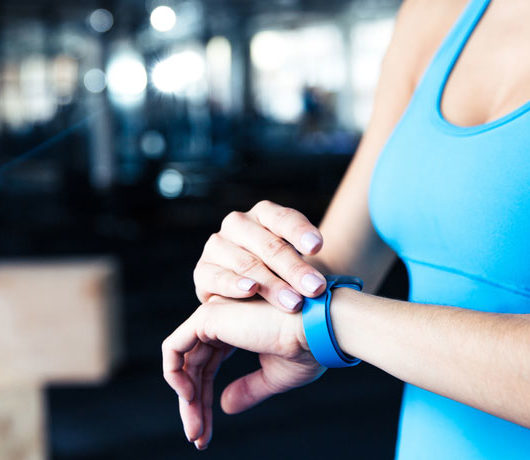Sleep is important. What can a good night’s sleep do for you? Getting enough sleep helps lower stress and anxiety, can aid in weight loss, and helps you perform best at the gym. So yeah, you definitely want to get a good night’s sleep. But sometimes that sleep can be interrupted by a painful, strained neck, or you might have to go through your whole day distracted by an aching neck.
There are many causes of an aching neck: a badly placed monitor, staring at your phone all the time, etc. But one major cause of neck pain is just plain old bad sleeping habits and environment. Fix how you sleep and you can say goodbye to that annoying, aching neck pain.

1. Sleep in the Best Position

Everyone has a favorite sleeping position; back, side, or stomach. But which sleeping position is best for your neck and spine? The majority of professionals recommend sleeping on your side or back. These sleeping positions are best at keeping the spine in correct alignment throughout your sleep.
2. Find the Right Type of Pillow for You

While you sleep you will need something that can support your neck and head, keeping your cervical spine in neutral alignment. What pillow you want to use will depend on the position in which you sleep. Back sleepers will want to use a thin, medium-firm pillow that provides the neck support and contouring needed for the heft of your head itself, while side sleepers will want to use a pillow that is thick enough to keep your head at the correct elevation (not below your shoulders). If you just must sleep on your stomach, then use a soft, thin pillow or no pillow at all.

3. Get the Right Pillow Stuffing

In support of tip number 2, using a good pillow filling will help properly support your head and neck while keeping you comfortable through the night. Finding the right pillow stuffing will give you the correct pillow firmness you need for your sleeping position. A feather pillow is an affordable option that easily conforms to the shape of your neck, however, it will collapse over time and should be replaced after about a year. Another option that is a little more costly is a traditionally shaped “memory foam” pillow that conforms to the shape of your head and neck. Memory foam pillows often boast that they help with proper spinal alignment.
4. Choose the Right Mattress

Almost as important as your pillow choice is your choice of mattress. You should choose a mattress that supports your sleeping position. If you are a side sleeper, you will want a mattress that is soft or plush, to allow your back to be supported while also curving along the shape of your shoulders and hips. If you a back or stomach sleeper, you will want a mattress that is firm to avoid heavier body parts compressing parts of the mattress and stressing your spine.

5. Don’t Bring Your Phone to Bed

I’m willing to bet that most of you reading this article bring your phone to bed with you, browsing on your phone for a few minutes before going to sleep. You may think this is harmless but it’s a bad habit that can cause neck pain. When you look down at your phone in bed you are bending your neck at an angle that strains your neck muscles, tendons, and ligaments. Not only that, but the blue light your phone’s screen emits inhibits sleep, making it harder to get a good night’s rest. Do yourself a favor and leave the phone in the living room.
6. Stretch Your Neck Before Bed

In today’s world of sitting in front of a computer, slouching, and just general bad posture, our poor posture habits tighten the neck muscles and can induce neck pain. A solution to tight neck muscles? Stretching. Stretching your neck before bed can help loosen those tight neck muscles and give you a pain-free night of rest. A quick and easy neck stretch can be found at this link.
7. Apply Heat

Applying heat to your neck softens those tight neck muscles mentioned earlier and relieves tension. Apply heat to your neck for 10 to 15 minutes each night before bed to really relax those muscles before you climb into bed for a pain-free sleep. You can apply heat with a hot shower or bath, or with a personal massager with heat function.

And that’s it. These tips are all you need to finally get rid of that neck pain when you sleep. Apply these tips to your sleeping habits and you’ll be enjoying pain-free sleep in no time.
Sweet dreams.









